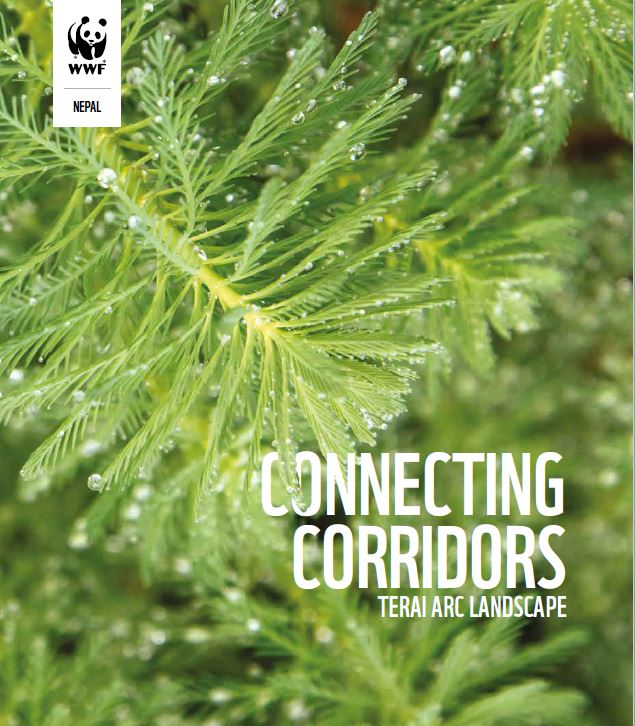The WWF is run at a local level by the following offices...
Terai Arc Landscape (TAL)
The Terai is a stretch of lowlands in the southernmost part of Nepal. Often described as the rice bowl of the country, the region supports one of the most spectacular assemblages of large mammals in Asia such as the Bengal Tiger, the Greater One-Horned Rhinoceros, the common leopard, Asian elephant, and more. The protected areas of the Terai are also an important foothold for several of Asia's birds, reptiles, and freshwater fish, as well as several types of sal, riverine and mixed forests and grasslands. The ecosystem services provided by the region plays a major role in supporting the socioeconomic well-being and development of people in the Terai and extended Churia regions of Nepal.
Located in the shadows of the Himalayas, the trans-boundary Terai Arc belt stretches from Nepal’s Bagmati River in the east to India’s Yamuna River in the west, connecting 16 protected areas across both countries. In Nepal, the Terai Arc Landscape (TAL) covers a vast area of 24,710 sq. km with a network of six protected areas, forests, agricultural lands and wetlands, with over six million people depending on its forests for food, fuel, and medicine.
WHY TAL
The Terai Arc Landscape and the ecosystem services it provides, faces a range of threats that render this critical region vulnerable. The biggest threat remains the increasing conversion of forests to other land uses, encroachment and haphazard infrastructure development that fragments a landscapes that provides important ecological connectivity to megafauna.
Likewise, anthropogenic factors such as rising wildlife crimes, human-wildlife conflict, unsustainable extraction of forest products, and uncontrolled grazing only exacerbates the threats to the landscape, notwithstanding climate impacts such as forest fire, river diversions, droughts, and more.

HISTORY
Conceptualized in 2001 by the Government of Nepal based on the tiger dispersal model, the landscape approach aimed to increase the persistence of tigers over a larger landscape, beyond initial source populations within protected areas. This laid the foundations for a shift from site-based conservation to a broader landscape based conservation approach expanding across Nepal’s corridors, with efforts ranging from forest restoration, reducing threats to species, safeguarding livelihoods, to effective transboundary cooperation between Nepal and India.
Today, the transboundary Terai Arc Landscape is a critical tiger landscape that boasts over 880 tigers; with both Nepal and India having close to doubled their tiger numbers, a testament to the unwavering resolve and belief in the landscape approach by communities and conservation partners.

PROTECTED AREAS AND CORRIDORS
A key characteristic of TAL is the presence of eight corridors and two bottlenecks; a landscape conservation approach that facilitates wildlife dispersal between protected areas on either side of this transboundary landscape while also engaging local communities in forest restoration and management.
Nepal - Parsa National Park, Chitwan National Park, Bardia National Park, Banke National Park, Shuklaphanta National Park, Krishnasaar Conservation Area, and the Barandabhar, Khata, Basanta, Laljhadi-Mohana, Brahmadev, Kamdi, Karnali Corridors.
India - Valmiki Tiger Reserve, Sohagi Barwa Wildlife Sanctuary, Suhelwa Wildlife Sanctuary, Katarniaghat Wildlife Sanctuary, Dudhwa National Park, Pilibhit Tiger Reserve.

A vital component of the TAL Program is building local community stewardship, focusing primarily on the community forestry model, good governance and sustainable livelihood diversification programs, making communities an integral part of biodiversity protection and restoration efforts.
A key area of focus under the program is supporting marginalized and vulnerable communities in a significant way and promoting gender equality, while ensuring access to healthy forests in a sustainable manner.



